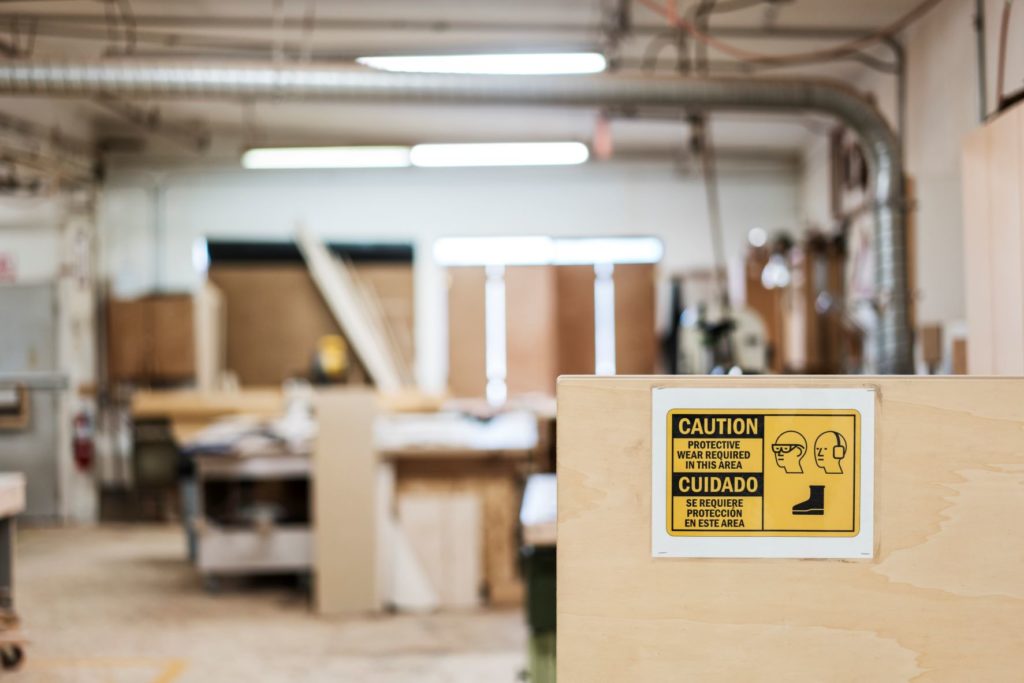The Management of Health and Safety at Work Regulations 1999 shape a critical safety ecosystem within UK workplaces.
The regulations cover employer duties to prevent accidents and ill health, and employee commitments to adhere to safe practices.
What are the Management of Health and Safety at Work Regulations 1999?
The Management of Health and Safety at Work Regulations 1999 were introduced to align UK safety practices with European safety standards while reinforcing the Health and Safety at Work Act 1974.
The Health and Safety at Work Act 1974 was designed to ensure that employers and employees alike take a proactive role in managing health and safety in the workplace, under the guidance of the Health and Safety Executive (HSE).
The Management of Health and Safety at Work Regulations 1999 take these responsibilities further, requiring employers to conduct formal risk assessments to identify and mitigate potential risks faced by their employees, contractors, or members of the public.
These risk assessments must be carried out by any business with five or more employees.

Employer Duties Under the Regulations
Employers play a pivotal role in maintaining and promoting health and safety in the workplace.
The Management of Health and Safety at Work Regulations 1999 outline a range of specific responsibilities for employers, including:
Creating a written health and safety policy accessible to all employees, tailored to the specific needs and risks of their workplace. The policy should adhere to the General Principles of Prevention such as risk avoidance, risk evaluation, and prioritising collective protection. Employers who have staff working alone must also have a lone working policy. These policies should be regularly reviewed and revised as necessary.
Appointing a competent person to oversee and assist in managing health and safety matters and ensuring compliance with health and safety legislation.
Providing adequate health and safety training to all employees. This training should be appropriate to the risk level of the employee’s specific job role and should be repeated periodically.
Conducting regular risk assessments to identify potential hazards in the workplace. Specific templates, such as a lone worker risk assessment template, can help employers identify these unique risks. These assessments must be updated whenever significant changes occur in the work environment or operations. They should also be updated to incorporate feedback and insights from both employees and managers to ensure their effectiveness and relevance.
Develop and implement a thorough plan to identify, assess, and manage workplace hazards identified in risk assessments, ensuring that preventive and protective measures are in place.
Implementing health surveillance to monitor the conditions of employees who are at risk of ill health from their work activities, particularly in environments with potential exposure to harmful conditions like excessive noise, vibrations, or hazardous substances.
Coordinating with other employers in shared workspaces to ensure consistency and coordination in health and safety procedures.
Special considerations for the safety of vulnerable groups such as young workers, new or expectant mothers, and people with disabilities. Adjustments and additional protective measures should be considered for these groups.
Establishing and testing emergency response procedures, ensuring that all employees are familiar with these procedures and understand their roles in an emergency.

Employee Duties Under the Regulations
Although employers carry significant responsibilities under the regulations, employees too have their own duties to fulfill.
Employees are obligated to:
Follow the procedures outlined in the health and safety policy. This includes following guidelines laid out in safety manuals and training sessions.
Take responsibility for their own health and safety. This includes not endangering themselves or others and using equipment according to their training and instructions.
Use safety equipment and personal protective equipment (PPE) provided by the employer correctly and as instructed. This also includes ensuring that safety devices are not tampered with or disabled.
Report any potential hazards or risks they observe in the workplace that could pose serious and imminent danger. This includes reporting malfunctioning equipment and unsafe working conditions.
Report any accidents and incidents that occur in the workplace.
Cooperate with the competent person appointed to manage health and safety.
Conduct themselves in a manner that does not endanger themselves or others. This includes a responsibility to help create a supportive and safe working environment.
Participate in health and safety training provided by the employer and apply the knowledge acquired to perform their work safely.
Legal Implications of Non-Compliance with the Management of Health and Safety at Work Regulations 1999
Non-compliance with the Management of Health and Safety at Work Regulations 1999 can lead to serious legal consequences.
To understand the implications of non-compliance with the Management of Health and Safety at Work Regulations 1999, it’s important to understand the distinction between an Act and a regulation in the context of UK law.
An Act, such as the Health and Safety at Work Act 1974, is primary legislation that establishes the law. Regulations, such as the Management of Health and Safety at Work Regulations 1999, are forms of secondary legislation that provide specific details on how the principles of the Act should be applied in practice.
Therefore, failing to comply with the Management of Health and Safety at Work Regulations 1999 constitutes a breach of the Health and Safety at Work Act 1974, as these regulations are directly derived from the Act to enforce and specify its requirements.
Here’s a breakdown of some of the potential legal ramifications:
Organisations or individuals that breach the regulations may face substantial fines. These fines can reach up to £20,000 for less severe breaches and can escalate to unlimited amounts or imprisonment for more serious violations that endanger lives.
Employers may also face civil claims for compensation if employees are injured or become ill as a result of the employer’s failure to comply with health and safety legislation. This can lead to significant financial costs and damage to the organisation’s reputation.
Employees can initiate legal action against other employees for not fulfilling their health and safety obligations under the regulations, further emphasising individual accountability.
How Can We Help?
Vatix’s lone worker solutions are designed to support organisations in adhering to the Management of Health and Safety at Work Regulations 1999 by enhancing the safety and monitoring of lone workers.
Our platform provides robust communication tools and incident documentation, demonstrating a proactive commitment to workplace safety and regulatory compliance.
For more information, talk to our sales team here.


